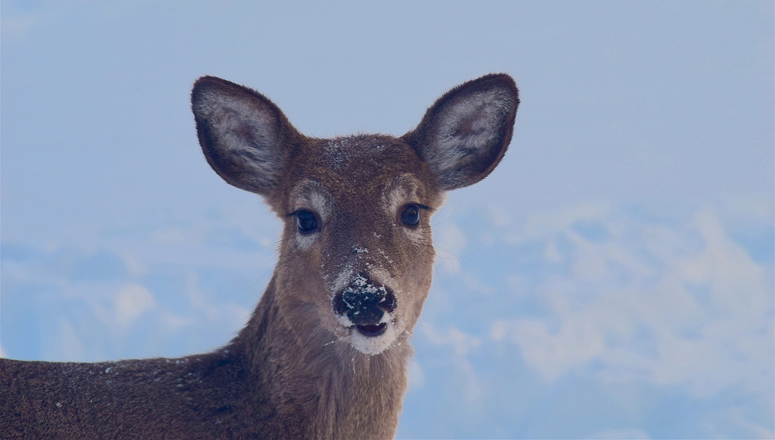BRUNSWICK, Vt. (AP) — The Vermont Fish and Wildlife Department and U.S. Fish and Wildlife Service have recently finished the most intensive effort to survey areas used by deer in the winter in 30 years, officials said.
The three-month project covered 131 square kilometers in seven towns, Wenlock and West Mountain Wildlife Management Areas, and the Nulhegan Basin Division of the Silvio O. Conte National Fish and Wildlife Refuge. The results are expected later this year and will help in the management of state and federal lands and for population objectives for deer, officials said.
Winters in Vermont can be hard on deer with severe winters leading to the death of one out of five deer in some areas, biologists said. During deep snow and cold temperatures, deer look for dense conifer stands that reduce wind and the amount of snow on the ground and need areas that provide more food, officials said.
The Nulhegan Basin in the Northeast Kingdom counties of Orleans, Essex and Caledonia was once thought to be the largest deer wintering area in Vermont, with winter cover for as many as 1,000 deer, biologists said. But changes in habitat and other factor may have pushed deer to move toward the Connecticut River and New Hampshire, officials said.
“The results from this survey will help us understand which areas deer are currently using during the winter, and perhaps provide some insight into why that pattern has changed over time,” said Nick Fortin, the Vermont Fish and Wildlife Department’s deer project leader. “Knowing where deer overwinter, the quality of the habitat, and how deer are using it will help us keep the local deer herd stable, healthy, and in balance with available habitat.”
About 75 local volunteers and a class from North Country Union High School helped complete more than half of the surveys.
“Through this project, we connected with hundreds of landowners and concerned citizens about a species that many people are passionate about,” said Steve Agius, refuge manager for the Nulhegan Basin Division.
(Copyright (c) 2024 The Associated Press. All Rights Reserved. This material may not be published, broadcast, rewritten, or redistributed.)

